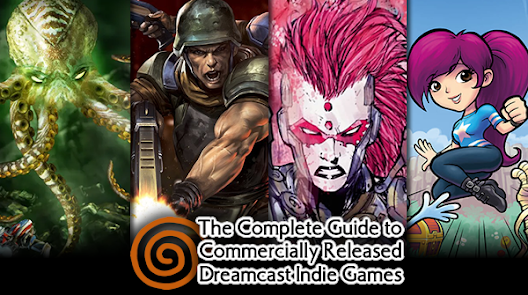One of my favourite memories from when I first got involved with The Dreamcast Junkyard happened towards the end of February 2020, when I played the demo for "Reaperi Cycle" in preparation for an episode of our podcast, the DreamPod. Interesting extra tidbit: I'd got engaged to my now-wife just the day before!
Upon booting up the Reaperi Cycle demo, I was met with a point-and-click game in an isometric style, with really compelling pre-rendered graphics indicative of 90s PC titles, such as Sanitarium. This was not a style of game I ever expected to hit the Dreamcast, but something that I'm so glad I played. The mission of the demo was to solve puzzles in an alchemist's study to try and unlock a strange floating cube in the middle of the room. Not being that smart a puzzle game aficionado, I found some of the puzzles quite tricky to solve, which had me turning to fellow Junkyarders Tom, Mike and James for help, as they were also playing the game in prep for the podcast.
 |
| Reaperi Cycle |
In this age of instant information, even if we'd tried to look for a walkthrough to this demo, we would've come back empty handed, so what followed was something I'd not experienced in a long time: we started exchanging hints and tips with one another about what we'd each managed to figure out. With everybody's help (particularly Mike's, if I recall correctly), I eventually managed to get that cube open and complete the demo, and it felt awesome. It took me back to my playground days of yore, when my friend who was a year older than me would effectively function as a walking walkthrough guide, helping me out with advice whenever I got stuck on Pokémon Red. Reaperi Cycle reminded me of that, and it was amazing to feel that same buzz once again of utilising the advice of friends to finally beat a game.
So then... why did I share this sentimental little tale? Because developer of Reaperi Cycle, ANTIRUINS, is finally releasing definitive versions of not only Reaperi Cycle (now known as The Hideout), but also Summoning Signals, another excellent demo that they also showcased back in 2020. And what's more, they're both combined into one release, called the Fragmented Almanac, with enhanced visuals and audio. That's two really unique games for the price of one, and you can pre-order them today, for an expected release date of March 2024.
Fragmented Almanac will be available digitally for $14.99 (for play on emulator, ODE, etc), with disc copies costing $29.99. The physical game comes in two editions with different cover art, and they both look absolutely sick. You'd be forgiven for mistaking them for some underground band's short-run release on some boutique indie label's Bandcamp. "Dude, I really hope they release Fragmented Almanac on vinyl next!"
On ANTIRUINS' store page for this release, the collection is described as follows:
"The Fragmented Almanac is a strange document, an oddity even amongst Dreamcast games. At the junction of video games, art and alchemy, this project is the culmination of 7 years of Dreamcast development, spread over 5 different games. The Fragmented Almanac re-unites two of these experimentations under a multifaceted and complex timeline."





.png)















